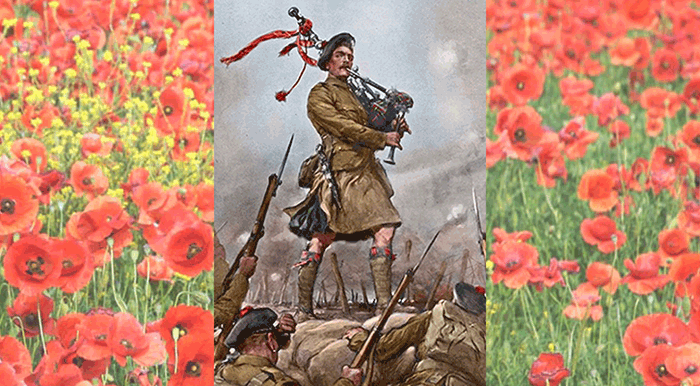
This week saw the 100th Anniversary of the unveiling of the Grave of the Unknown Warrior in Westminster Abbey, and what better time to remind ourselves of the harrowing sacrifice of the men who fought, and the pipers and the music that accompanied them into battle – pipers who played at many a graveside and on many a route march too.
To remind you….on one side in this conflict there were the armies of Britain and the Empire, France and Russia. On the other side were the armies of Germany and the Austro-Hungarian and Ottoman Empires.
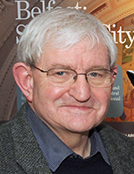
By Harry Stevenson
It was a war when machine guns, tanks, poison gas and aircraft replaced cavalry charges and lines of riflemen. The casualty rate was horrendous. Over nine million men were killed or wounded, though the number of Russian casualties may never be known.
There were various campaigns: the Western Front (France and Belgium), Gallipoli, North Africa, Mesopotamia (modern day Iraq), the Balkans, the Caucasus and the German colonies in East and West Africa.
Over 2500 pipers served in the Great War. Five hundred, yes 500, were killed and 600 wounded, a shocking 44% casualty rate.
Pipers played a very important role in the war. Initially they led their battalions ‘over the top’ right into the face of the enemy, but after suffering horrific casualties many pipers were thereafter used as stretcher bearers, ammunition carriers, runners etc., all done under heavy enemy fire. Many brave acts took place and gallantry awards were made to quite a number of pipers mainly the Military Medal and the Distinguished Conduct Medal.
Two pipers received the highest bravery award, the Victoria Cross: Piper Daniel Laidlaw of the King’s Own Scottish Borderers and Private James Richardson of the 16th Canadian Scottish, both of whom I will write about later.
I mentioned Gallipoli and two tunes come to mind which commemorate that campaign, The Comrades We Left in Gallipoli by Col. Charles MacLean, better known to pipers as MacLean of Pennycross, and Farewell to Cape Helles by P/M Willie Fergusson.
Cape Helles was the landing and departure point for the ill-fated assault, the aim being to keep open a warm-water sea route to Russia and also to prevent Bulgaria from entering the war on the Ottoman side. It was a disaster for the allied forces.
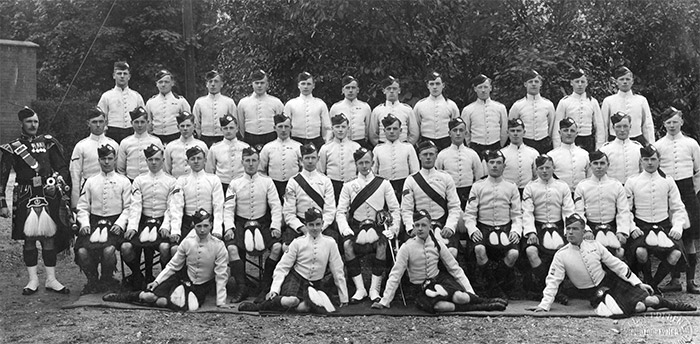
British generals and politicians completely underestimated the bravery and strength of the opposing Turkish forces. My grandfather served at Gallipoli with the Royal Irish Fusiliers. He was wounded but survived. He only once ever spoke to me about it. He said two words: ‘bloody murder’.
Now the next associated with WW1 I want to mention is Col. Robin Campbell DSO by John MacLellan of Dunoon. Col. Campbell was a Cameron Highlander but during the Great War was CO of the 8th Argylls. During the Battle of Arras, in May 1917, the Germans had counter attacked a sector of the front under his command.
During the heavy fighting that ensued the Scottish troops were forced back. Gathering every available man, Col. Campbell personally led the 8th Argylls and 6th Seaforths to drive the enemy out and recover the line. He was awarded a bar to his DSO.
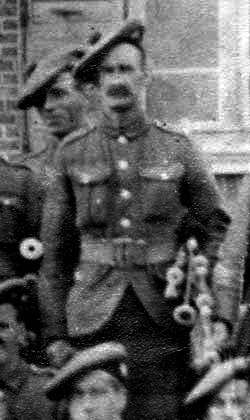
Now to some of the great and famous pipers who served in the war. Firstly two I’ve already mentioned. P/M William Fergusson was born in Arbroath on Scotland’s east coast. He was P/M of the 7th Highland Light Infantry and after the casualties at Gallipoli formed the surviving pipers and drummers into the band of the 52nd Lowland Division, famously playing through Egypt and into Palestine later in the war.
On demob P/M Fergusson was appointed P/M of the City of Glasgow Pipe Band winning the World Championship in 1921, 22 and 23. The City of Glasgow became the Clan MacRae Society band and continued to win many championships, including the Worlds in 1925 and 1953.
In 1939 William Ferguson published his collection of tunes, now out of print, containing many great tunes: Atholl & Breadalbane Gathering, Australian Ladies, Dornie Ferry and the Khaki Apron.
John MacLellan, Dunoon, served with the Highland Light Infantry in the South African wars and was awarded the DCM for gallantry. He served in the police force in Govan but at the outbreak of the war in 1914 joined the 8th Argylls.
He was an incredible composer and also wrote poetry. Many of his tunes are still very popular today, tunes such as Magersfontein, Lochanside, Glen Caladh Castle and Cowal Highland Gathering.
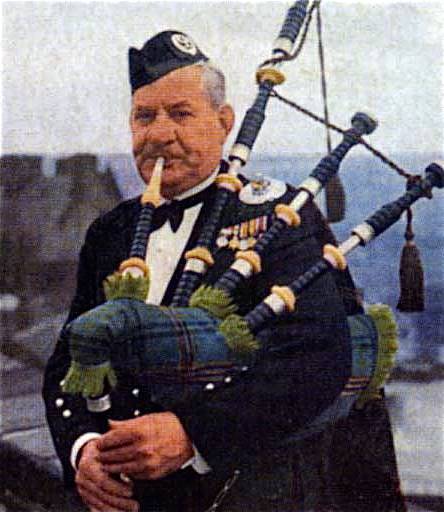
Now other famous pipers of WW1. Firstly P/M William Ross, 2nd Scots Guards. A brilliant piper and teacher, he too was a veteran of the South African wars. During the Great War he was wounded by shrapnel and eventually invalided back home.
After the war he was the principal instructor at the Army School of Piping in Edinburgh Castle for many years. Between 1923 and 1950 he published five books of tunes, effectively the competing piper’s ceòl beag bible. He made many gramophone records and composed fine, melodic tunes such as Leaving Port Askaig, Brigadier Ronald Cheape of Tiroran and Captain Norman Orr Ewing.
- To be continued.


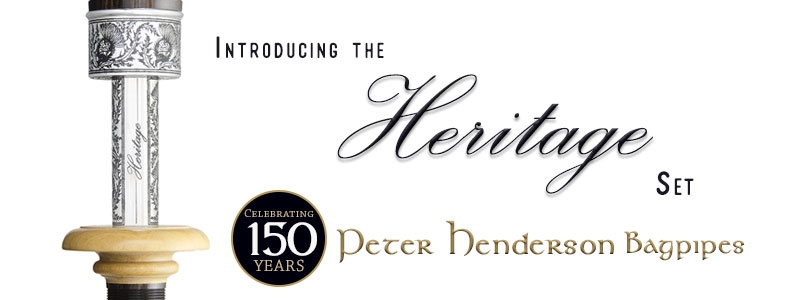

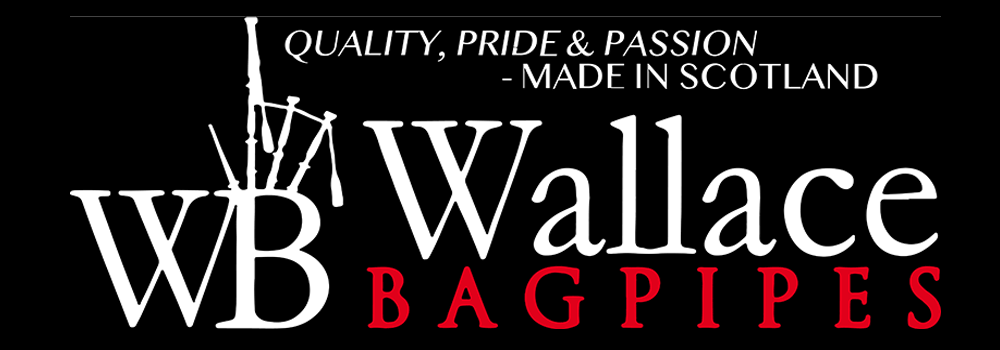




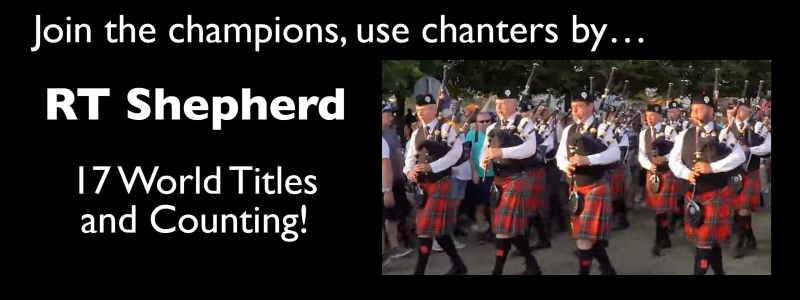
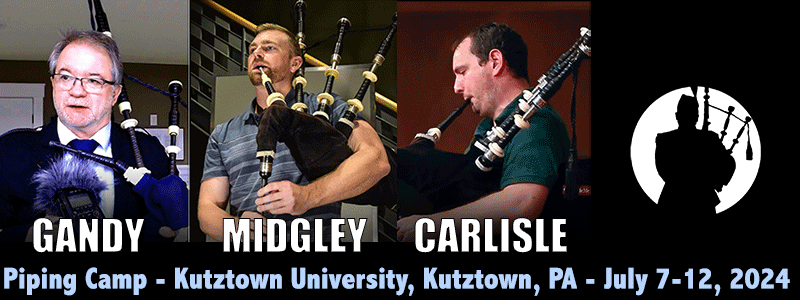


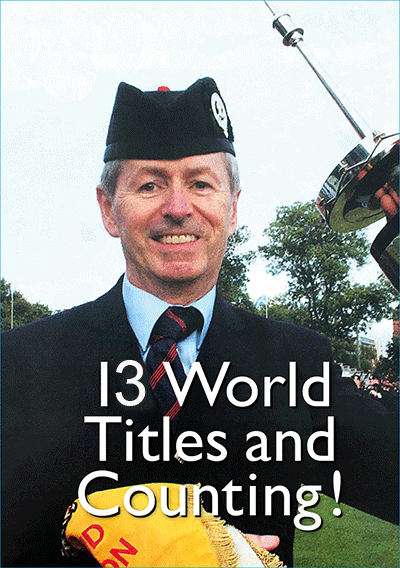
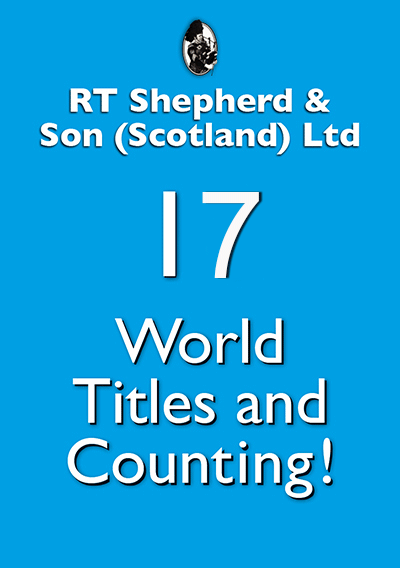
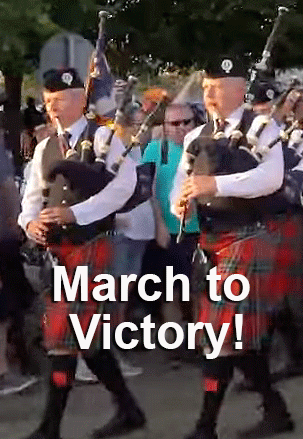







This photo is of Lieutenant Alasdair G L Maclean yr. of Pennycross, commissioned into the 2nd Battalion Queen’s Own Cameron Highlanders in 1920 who later was CO of the 1st Battalion during their occupation of Japan in 1946. Jimmy McIntosh was his acting Pipe Major at that time. The well known 2/4 March was named for his father who was CO of the 1st Argylls at this time.
This photo’s date is in error as mentioned above of Maclean’s commissioning which would place this photo obviously post 1912. To clinch this, one can clearly see that the Pipe Major, William Young, (the teacher of Jimmy McIntosh when he joined on boy service in 1937) late HLI with his Great War trio along with some of the men.
Hope this helps.
Although the US was not involved in WW1 at the beginning, but unlike Russia who quit in the middle, I think it would be nice to mention the US as a formidable and valuable member of the “winning” side…